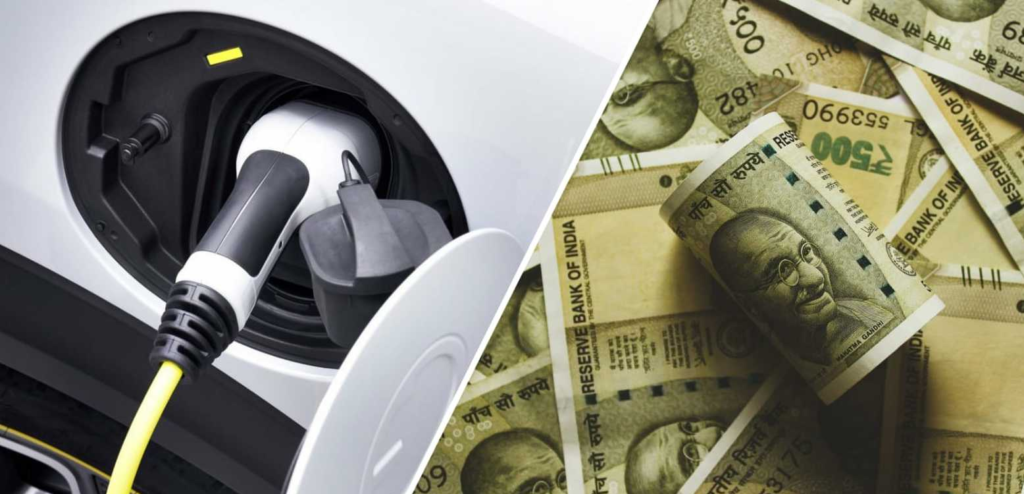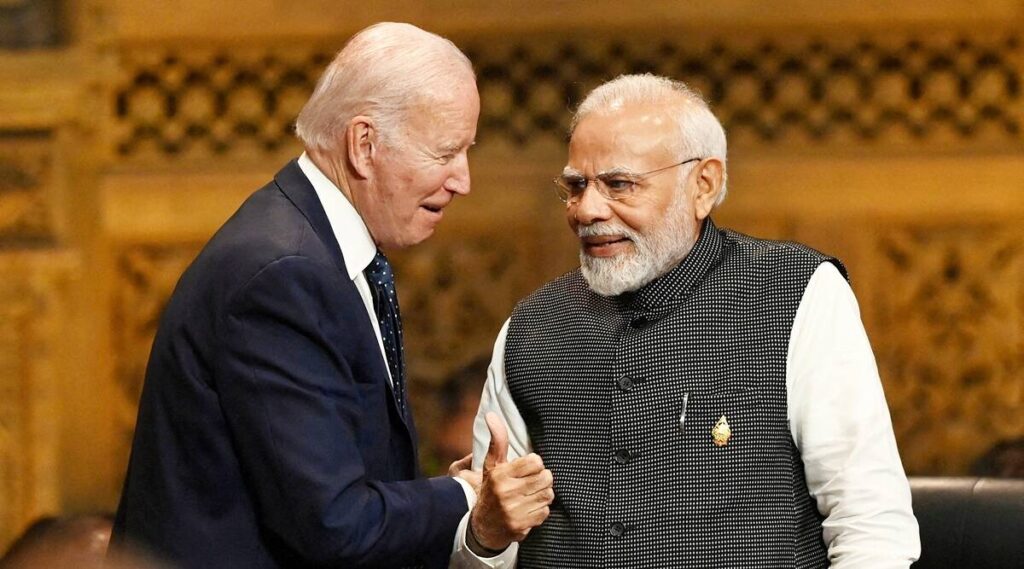Transportation as an important factor for living
One essential component of contemporary living is transportation. It also contributes significantly to emissions of greenhouse gases at the same time. According to research, the transportation sector is responsible for around 25% of all energy associated greenhouse gas emissions, which has influenced Asian countries’ need for the adoption of electric vehicles.

Future prospects of electric cars
By 2030, EV penetration for passenger cars is expected to be 30%, for commercial vehicles to be 70%, and for two- and three-wheelers to be 80%. Despite the fact that there is still more to be done, major automobile companies are advancing the use of renewable energy by utilising cutting-edge vehicle electrification technologies.
Through its 3M Forward programme, 3M is leveraging science-based solutions at scale to demonstrate how society may advance in the face of three megatrends that are influencing our future. Given the potential expansion of the EV industry in India and the requirement to address the difficulties associated with EV adoption, 3M is advancing its EV market solutions through a variety of solutions, as described in this article’s list of options.

New insulating techniques for electric vehicles
Innovation in many areas of the EV market is booming, especially when it comes to the creation of battery insulation for EVs. In order to help suppliers and OEMs reach greater voltages and greater distance through thermal management, we are trying to develop solutions.
We can address range and recharge time issues while also extending the life of EV batteries by utilising this technology. This also guarantees simpler procedures and quicker assembly.
Containing electrical charge is a technique that is essential to making durable and trustworthy EV batteries. With the use of tapes, films, and solid epoxy insulating resins, which provide outstanding adaptability and hardness for a variety of designs, we can effectively tackle this issue. Such technologies can also assist manufacturers in creating EV batteries that can operate in a variety of temperatures.
However, the sector is also dealing with another urgent problem. The efficiency of EV batteries can be impacted by high temperatures, which can also irreversibly reduce battery life. How is this to be resolved?
Under order to maintain battery performance and storage capacity over the course of the EV, battery improvement materials enable the battery to operate within the ideal range under harsh temperatures. Additionally, cooling fillers composed of components like boron nitride can enhance performance, ensure dependability, and save waste.
These ceramic fillers retain electrical insulation while improving the thermal conductivity of polymers. It’s interesting that boron nitride fillers have a thermal conductivity that is up to 20 times higher than that of aluminium fillers and 8 times higher when employed in polymers.
Hollow glass bubbles made by 3M are an additional option that can assist reduce weight, enhance thermal insulation, and guarantee smoother flow of low-viscosity potting resins.
Additionally, we created a noise absorbent with 14% recycled PET staple fibre content, a first-of-its-kind invention that greatly reduces road noise and contributes to better acoustic performance than its forerunners. Additionally, it resists water.
Additionally, there is a developing demand for EV battery assembly solutions. Numerous bonding and joining options are available, and many of them use adhesives to provide semi-structural and the strength of the structure making them perfect for use in conjunction with or in instead of mechanical fasteners. Battery sealants can also speed up the cutting and fitting process.
Sustainability is an essential component of the puzzle. At our Ranjangaon plant in India, we are producing Interam mat mount products using cutting-edge i4.0 proprietary compass technology. The product is produced in India with less than 3% organic binder content and comprises water soluble resin agglomeration. This approach aids in reducing the environmental impact of wastewater.

EV powertrain modernization
In addition to addressing battery issues, EVs’ future lies in providing longer ranges. A highly optimised powertrain that can control the chemical reactions between the power source, inverter, and motor with ease is required for this.
How may the density of power and efficiency be maximised? It is closely related to reducing the motor’s size and weight. This guarantees increased performance without sacrificing energy efficiency.
We are now developing products including interface pads, film tapes, and electrical powder resins to assist reduce waste and increase insulation for electricity and temperature performance.
Future prospects
The idea of powering electric vehicles in the future is starting to materialise not only globally but also in India. According to the Economic Survey 2023, by 2030, 10 million electric vehicles would be sold annually in India, growing at a CAGR of 49% between 2022 and 2030.
The allocation of funds of Rs 35,000 crore has been set aside in the most recent Union Budget 2023 for important capital expenditures aimed at accomplishing the energy transformation and net zero targets by 2070.
Overall, the EV market is projected to gain a bigger push to guide the ecosystem in India with equal synergy from large enterprises, OEMs and suppliers, and the government.
Read the Wikipedia



